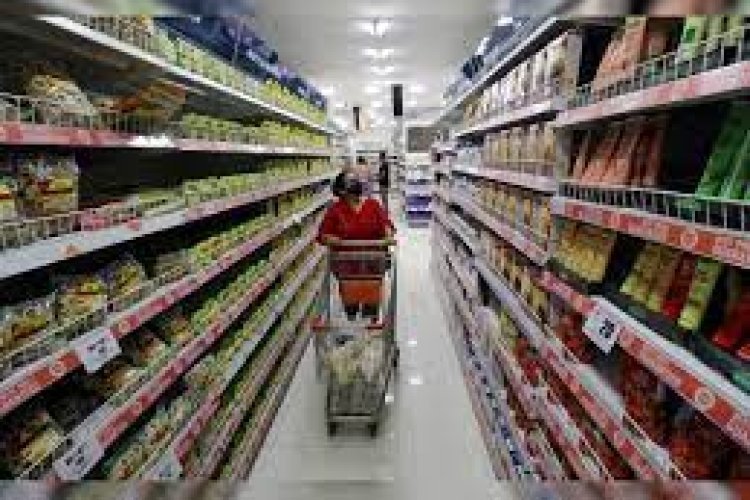Retail inflation came to 6.83% in August
The decline occurred due to low prices of vegetables, it was 7.44% in July.

There has been a decline in retail inflation in the month of August, and it is coming at 6.83% this month. Earlier in July it had reached 7.44%. This decline in inflation has come due to low prices of vegetables. However, the inflation rate is still beyond the upper tolerance limit of 6% of RBI.
Last month, the urban inflation rate came down to 6.59% which was 7.20% in July. Rural inflation rate has also come down to 7.02% in August which was 7.63% in July. The country's inflation declined to 9.94 percent in August from 11.51 percent in July.
Concern and uncertainty remain regarding inflation
While giving information about the monetary policy meeting held in July, the RBI Governor had said that concern and uncertainty regarding inflation still persists. According to RBI estimates, inflation is likely to remain above 4% in the financial year 2023-24 (FY24). RBI has increased inflation estimate to 5.4% in FY24 from 5.1%.
What is CPI?
As a customer, you and I buy goods from the retail market. The work of showing the changes in prices related to this is done by the Consumer Price Index i.e. CPI. CPI measures the average price we pay for goods and services.
Apart from crude oil, commodity prices, manufactured costs, there are many other things which play an important role in determining the retail inflation rate. There are about 300 items on the basis of whose prices the retail inflation rate is decided.
How does inflation affect?
Inflation is directly related to purchasing power. For example, if the inflation rate is 7%, then Rs 100 earned will be worth only Rs 93. Therefore, investment should be made only keeping inflation in mind. Otherwise the value of your money will reduce.
How does RBI control inflation?
To reduce inflation, the flow of money (liquidity) in the market is reduced. For this, Reserve Bank of India (RBI) increases the repo rate. Like RBI had decided not to increase the repo rate in April, June and July. Earlier, RBI had increased the repo rate 6 times consecutively. RBI had also cut inflation estimates.
How does inflation increase and decrease?
The rise and fall of inflation depends on the demand and supply of the product. If people have more money they will buy more things. Buying more things will increase the demand for things and if the supply is not as per the demand, the price of these things will increase.
In this way the market becomes vulnerable to inflation. Simply put, excessive flow of money or shortage of goods in the market causes inflation. Whereas if demand is less and supply is more then inflation will be less.










